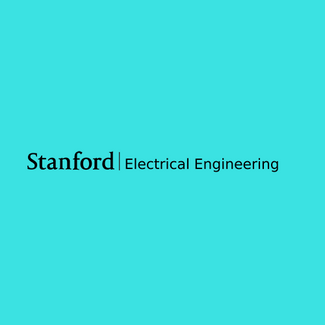
Attosecond Science and Technology
Spilker 232
Attosecond science, which garnered the 2023 Nobel Prize in Physics, offers unprecedented insights into electron dynamics by allowing for the control and observation of electrons on their intrinsic time and spatial scales. This field underpins advancements in petahertz electronics [1] by facilitating the manipulation of solid-state responses to intense optical frequency light, achieving current switching at petahertz scales. Such capabilities represent the zenith of electronic speed, approaching the limits imposed by the speed of light. In this presentation, I will elucidate the principles of attosecond science and petahertz electronics, and highlight our recent contributions. These include controlled electron emission and currents [2], precise sampling of light fields [3], and the implementation of a lightwave-driven Haldane model in two-dimensional materials (figure) [4]. Additionally, I will discuss the transformative impact of free-electron lasers that produce intense attosecond pulses across soft and hard X-ray spectra, with the Linac Coherent Light Source (LCLS) at the forefront [5,6]. The recent commencement of its superconducting accelerator, which delivers X-ray pulses at megahertz repetition rates, marks a significant milestone. I will explore these developments and the vast scientific possibilities they usher in at LCLS.
- [1] Heide, C., Keathley, P.D. & Kling, M.F., Petahertz electronics, Nat. Rev. Phys. 6, 648–662 (2024).
- [2] Seiffert, L. et al., Strong-field physics with nanospheres, Adv. Phys. X, 7, 2010595 (2022).
- [3] Wong, K.-F. et al., Far-field petahertz sampling of plasmonic fields, Nano Lett. 24, 5506–5512 (2024).
- [4] Mitra, S. et al., Light-wave-controlled Haldane model in monolayer hexagonal boron nitride, Nature 628, 752–757 (2024).
- [5] Duris, J. et al. , Tunable isolated attosecond X-ray pulses with gigawatt peak power from a free-electron laser, Nat. Phot., 14, 30-36 (2020).
- [6] Franz, P. et al., Terawatt-scale attosecond X-ray pulses from a cascaded superradiant free-electron laser, Nat. Phot. 18, 698–703 (2024).
Bio: Matthias Kling is a Professor of Photon Science and (by courtesy) of Applied Physics at Stanford University and the Director of the Science, Research and Development (SRD) Division at the Linac Coherent Light Source (LCLS) at the SLAC National Accelerator Laboratory. Kling received a Diploma in Physics in 1998 and a PhD in Physical Chemistry in 2002 from Goettingen University in Germany. He subsequently was a postdoctoral researcher at the University of California at Berkeley and at AMOLF in Amsterdam, The Netherlands. From 2007 Kling led the Research Group on Attosecond Imaging at the Max Planck Institute of Quantum Optics (MPQ) in Garching, Germany, and was Assistant Professor at Kansas-State University from 2009 until 2013. In 2013, he became Professor of Physics at the Ludwig-Maximilians-Universität (LMU) in Munich in Germany and was appointed as Max Planck Fellow at MPQ in 2019. Kling joined Stanford University in 2021, leading the Research Group on Ultrafast Electronics and Nanophotonics and serving as the Director of the SRD Division at LCLS at SLAC.
This seminar is sponsored by the Department of Applied Physics and the Ginzton Laboratory